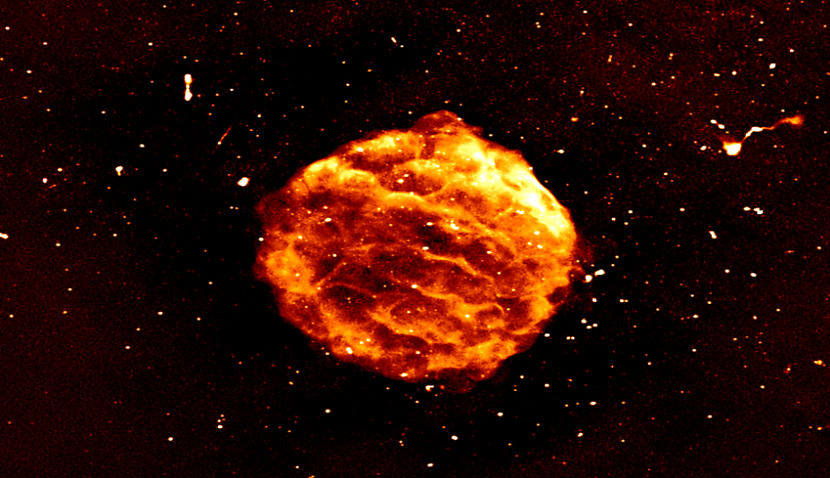
The Setonix spent 24 hours crunching data from the Australian Square Kilometre Array Pathfinder (ASKAP) telescope to reveal detailed photos of a supernova remnant known as G261.9+5.5.
The supercomputer is only in phase 1 of its development but already offers 45 per cent more computing power over its predecessors, the Magnus and Galaxy supercomputers, despite being one-fifth of their size.
It’s currently located at the Pawsey Supercomputing Centre in Perth, Western Australia and is named after the state’s quokka (setonix brachyurus).
The development of this computer represents a huge leap forward in gathering data from Australian radio telescopes. Radio telescopes capture enormous amounts of data without the use of mirrors like traditional telescopes.
Construction on the huge radio telescope was completed in 2012. Since then, under the operation of the CSIRO, ASKAP has been instrumental in aiding Australian astronomers in unlocking the secrets of the universe.
Last month, an international team of astronomers used the ASKAP telescope to study the galaxy cluster Abell 3266, uncovering a myriad of new details and “radio fossils”.
ASKAP consists of 36 dish antennas, each 12 metres in diameter, spread out over a large area in the Murchison region of Western Australia. It is operated by the CSIRO.
The ASKAP telescope is linked by fibre-optic cables to the Pawsey Centre where data from the telescope is processed.
ASKAP’s target object in this instance was a supernova remnant, first discovered by CSIRO astronomer Eric R Hill in 1967 through the famous Parkes radio telescope.
The supernova remnant is what is left over from the massive explosions of dying stars nearly one million years ago. The pulsing explosions of the stars eject interstellar material outwards from the stars, which collects gases, dust and any other material it contacts on the way.
During this process, the material collected by the shockwaves is superheated and compressed. The magnetic fields generated by the material is also compressed, which traps extremely energised electrons in the fields. These electrons are the emissions seen by the ASKAP radio telescope and hold valuable information for scientists.
Exceptionally powerful computer processing power is required to read and interpret the massive amounts of data collected by ASKAP, which is where Setonix comes in. The computer has already demonstrated it is capable of the task, but more work needs to be done to improve stability.
Once stage two of Setonix is completed, the supercomputer will have the stability required to perform this mammoth task on a regular basis. The computer will assist not just the ASKAP team but a wide range of other Australian science and astronomy pursuits that require equally massive processing power.

Liam McAneny
Liam McAneny is a journalist who has written and edited for his University International Relations journal. He graduated with a Bachelor of Arts (International Relations) and Bachelor of Laws from the University of Wollongong in 2021. He joined Momentum Media in 2022 and currently writes for SpaceConnect and Australian Aviation. Liam has a keen interest in geopolitics and international relations as well as astronomy.
Send Liam an email at: [email protected]
Receive the latest developments and updates on Australia’s space industry direct to your inbox. Subscribe today to Space Connect here.









